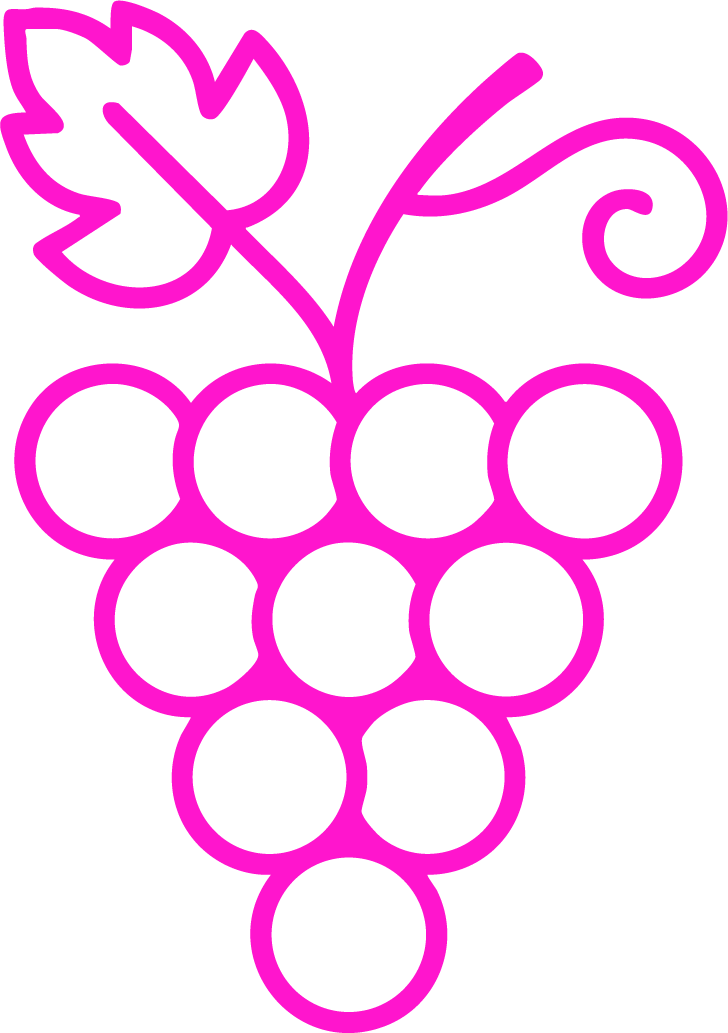Torrontés
🔊 Pronunciation: tor-ron-tez
🔍 Quick Summary
Torrontés is Argentina’s signature white grape, prized for its explosive floral aromatics and crisp, dry finish.
📜 History
Origin: Born in the 18th century in Argentina — a natural cross between Muscat of Alexandria and Criolla Chica (a Mission grape descendant).
Colonial beginnings: Likely developed in the vineyards of Spanish missionaries in the Andean foothills.
Three clones, one champion: Of the three Torrontés varieties (Riojano, Sanjuanino, Mendocino), Torrontés Riojano emerged as the most aromatic and widely planted.
20th-century revival: Nearly lost in the mid-1900s due to poor quality mass production, but redefined in the 1990s by modern winemaking.
National pride: Now a white wine icon and global ambassador for Argentine terroir.
🧠 What to Know
Torrontés delivers Muscat-like fragrance with a surprisingly dry, clean palate.
Not sweet, despite the nose: Its floral bouquet fools many—most are bone dry.
Best young: Lively fruit and perfume peak in the first 1–2 years.
Sensitive to climate: Needs cool nights to retain acidity and avoid bitterness.
Unoaked is best: Most producers skip oak to preserve freshness and aroma.
Distinct clones: Only Torrontés Riojano offers the vivid character people associate with the grape.
📍 Where It’s Found
Mostly grown in Argentina, especially in high-altitude regions where cool nights enhance its perfume.
🇦🇷 Salta – Sand + altitude = hyper-aromatic intensity
High Desert | 70–85°F (21–29°C) avg daytime highs
🇪🇸 La Rioja – Alluvial soils + warmth = tropical richness
Arid Continental | 75–90°F (24–32°C)
🇦🇷 Mendoza – Loam + sun = balanced, rounder style
Warm Continental (65–90°F / 18–32°C)
🇺🇸 Patagonia – Gravel + wind = leaner, taut versions
Cool Continental | 65–80°F (18–27°C)
👅 Flavor & Style
Torrontés is like walking through a jasmine garden while biting into a green apple.
Color: Pale lemon to golden straw
Aromas & Flavors:
Primary: Orange blossom, jasmine, peach, lychee, lemon zest
Secondary: Occasional lees notes or slight spritz in young bottles
Tertiary: Rarely aged, so minimal development
Structure:
Body: Light to medium
Tannin: None
Acidity: Medium to high
Alcohol: 13–14.5%
🛠 Winemaking Notes
Torrontés rewards gentle handling and minimal intervention.
Cold fermentation: Preserves delicate florals and lifts acidity.
Stainless steel only: Neutral vessels highlight aromatic purity.
Short skin contact: Some winemakers use brief maceration to enhance texture.
No oak, no malo: Keeps the style bright, snappy, and floral.
🍽 Food Pairing Ideas
Pairs well with bold aromatics, spice, and citrus-laced dishes.
Savory: Thai green curry, ceviche, chicken tagine with apricots
Cheese: Thai green curry, ceviche, chicken tagine with apricots
Unexpected: Grapefruit salad, sushi with yuzu kosho, lemon-rosemary focaccia
🔗 Related Topics to Explore
🍇 Muscat of Alexandria – Ancient grape with heady floral perfume
🌍 High-Altitude Viticulture – Cooler nights = preserved acidity
🌱 Aromatic Whites – A floral family: Gewürz, Muscat, Viognier
⚗️ Wines of Argentina – From Malbec to Torrontés, a modern classic



